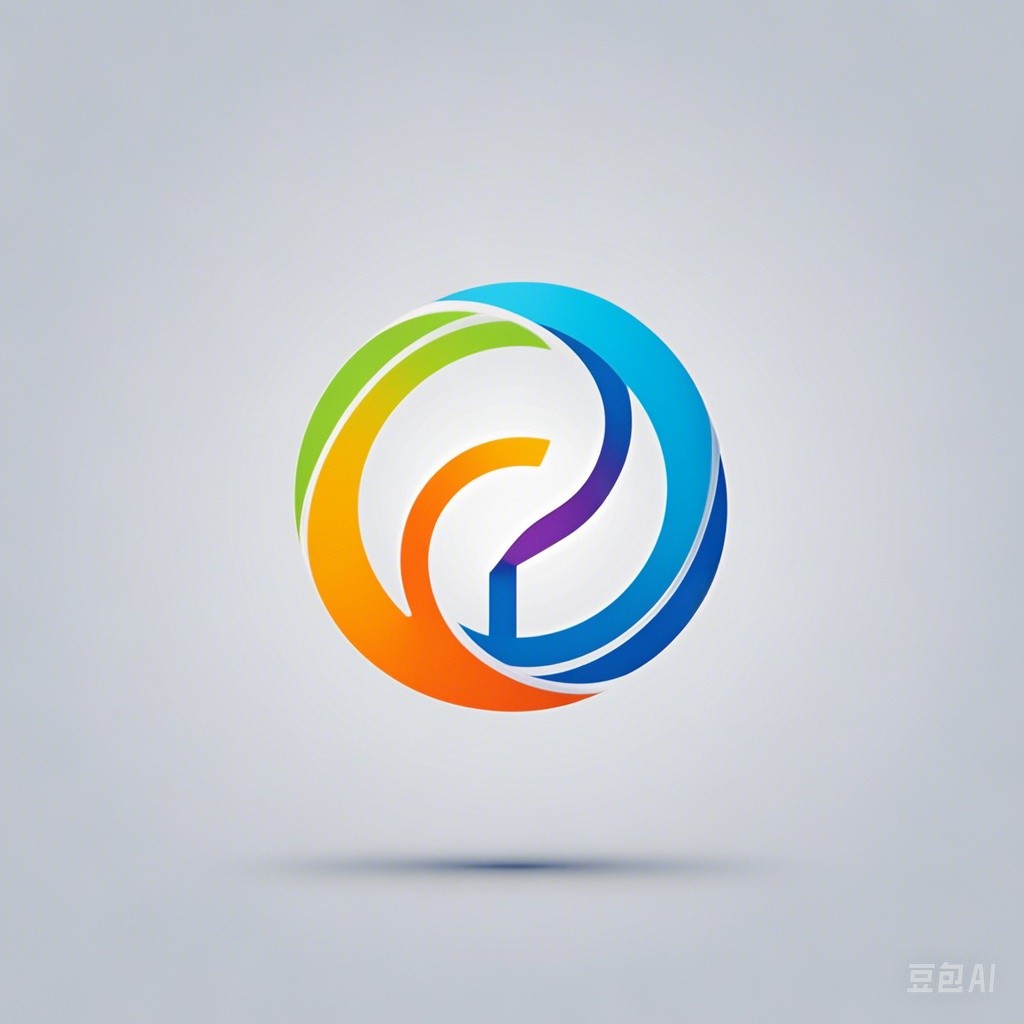HuXiang culture, a rich and diverse tradition originating from the HuXiang people of China, offers a fascinating glimpse into the historical, social, and artistic heritage of the region. This essay aims to explore the essence of HuXiang culture through a series of English essays, each focusing on a different aspect of this vibrant tradition. By examining the language, literature, music, dance, and daily life of the HuXiang people, we will unlock the timeless charm that lies at the heart of this unique culture.
Language and Literature
The HuXiang language, a dialect of the Min language family, is a testament to the rich linguistic heritage of the HuXiang people. This section will delve into the structure, pronunciation, and vocabulary of the HuXiang language, as well as the traditional literature that has been passed down through generations. Examples of folk tales, ballads, and poetry will be analyzed to provide insight into the values, beliefs, and worldview of the HuXiang people.
HuXiang Language Structure
The HuXiang language has a distinct phonological, morphological, and syntactic structure that sets it apart from other Chinese dialects. For instance, the HuXiang language features a unique tone system with five to six tones, as opposed to the four tones found in Mandarin. This diversity in tone patterns adds a musical quality to the language, making it both beautiful and challenging to learn.
Traditional Literature
HuXiang literature encompasses a wide range of genres, including folk tales, ballads, and poetry. These literary works often revolve around themes of love, marriage, family, and social justice. One notable example is the ballad “The Love Story of Niang and Fang,” which tells the tragic tale of a young couple’s forbidden love. By analyzing these literary works, we can gain a deeper understanding of the HuXiang people’s cultural values and their appreciation for storytelling.
Music and Dance
Music and dance have always played a crucial role in the HuXiang culture, serving as a means of expression, entertainment, and social cohesion. This section will explore the traditional music and dance forms of the HuXiang people, highlighting their unique characteristics and cultural significance.
Traditional Music
HuXiang music is characterized by its distinctive instruments, melodies, and rhythms. Instruments such as the erhu (a two-stringed bowed instrument), the guzheng (a seven-stringed zither), and the xiao (a vertical flute) are commonly used in HuXiang musical compositions. These instruments produce a unique sound that reflects the region’s natural landscape and the emotional depth of the HuXiang people.
Traditional Dance
HuXiang dance is a vibrant and energetic form of expression that combines music, rhythm, and movement. Traditional dance styles such as the “Hua’er Dance” and the “Yan Tan Dance” are often performed during festivals and celebrations. These dances feature intricate footwork, expressive gestures, and colorful costumes, showcasing the artistic prowess of the HuXiang people.
Daily Life
The daily life of the HuXiang people reflects their deep connection to the land, their respect for tradition, and their strong sense of community. This section will examine various aspects of HuXiang daily life, including their diet, housing, and social customs.
Diet
HuXiang cuisine is a delicious blend of flavors and ingredients that reflect the region’s agricultural richness. Staple foods such as rice and noodles are complemented by an array of vegetables, meats, and fish. Traditional dishes like “HuXiang Rice Noodles” and “Braised Pork with Pickled Cabbage” are not only delicious but also carry cultural significance.
Housing
HuXiang housing is typically built using local materials such as bamboo, wood, and earth. These homes are designed to withstand the region’s harsh climate and are often equipped with innovative features like adjustable windows and doors to maximize ventilation. The architectural style of HuXiang homes reflects the people’s ingenuity and respect for the environment.
Social Customs
Social customs in HuXiang culture are deeply rooted in tradition and family values. Marriage, funerals, and festivals are all occasions where these customs are celebrated and practiced. The HuXiang people value loyalty, respect, and harmony within the community, and these values are evident in their daily interactions and social customs.
Conclusion
HuXiang culture is a treasure trove of history, art, and tradition that continues to thrive in modern China. By exploring the language, literature, music, dance, and daily life of the HuXiang people, we have gained a deeper appreciation for the timeless charm that lies at the heart of this unique culture. As we continue to learn from and celebrate the diverse cultures that make up our world, we can better understand and appreciate the rich tapestry of human heritage.
